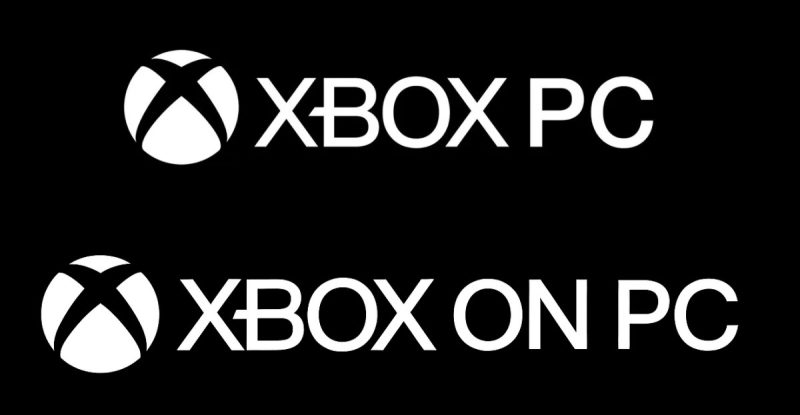
Microsoft’s recent branding inconsistencies surrounding its PC gaming initiatives have left many scratching their heads. Initially, the company rolled out the “Xbox PC” branding, seemingly aiming for a direct challenge to Steam. This new label appeared in a blog post announcing the Gears of War remaster in early May, clearly signaling that Xbox games were available on PC through the company’s app and store. However, this branding strategy appears to have been short-lived.
Within weeks, Microsoft shifted gears, adopting the “Xbox on PC” moniker instead. This change was first observed in the Hellblade II Enhanced announcement on June 25th, although, confusingly, both terms were used in the same blog post. This inconsistency continued, with several game studios, including World’s Edge and Obsidian Entertainment (for Grounded 2), initially using “Xbox PC” in their trailers before later switching to “Xbox on PC” in subsequent announcements.
The shift from “Xbox PC” to “Xbox on PC” is subtle, yet significant. As previously noted in the Notepad newsletter, the original “Xbox PC” branding aimed to present the Xbox app as a strong competitor to Steam. The revised branding, “Xbox on PC,” softens this aggressive positioning. It subtly emphasizes the accessibility of Xbox games on existing PC hardware, rather than implying the need for dedicated Xbox PC equipment. This shift could be a strategic move to avoid direct confrontation with established PC gaming platforms.
However, both branding approaches present their own set of challenges. The original “Xbox PC” branding might have been too assertive, potentially alienating PC gamers who prefer other platforms. On the other hand, “Xbox on PC” might not be distinctive enough to stand out in the crowded PC gaming market. Microsoft’s inconsistent use of both labels only adds to the general confusion.
Ultimately, Microsoft needs to establish a clear and consistent branding strategy for its PC gaming efforts. The current ambiguity only serves to dilute its message and potentially confuse consumers. The question remains: which branding will ultimately stick, or will Microsoft continue to waver between the two?










